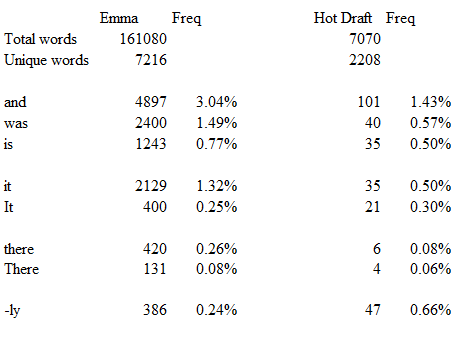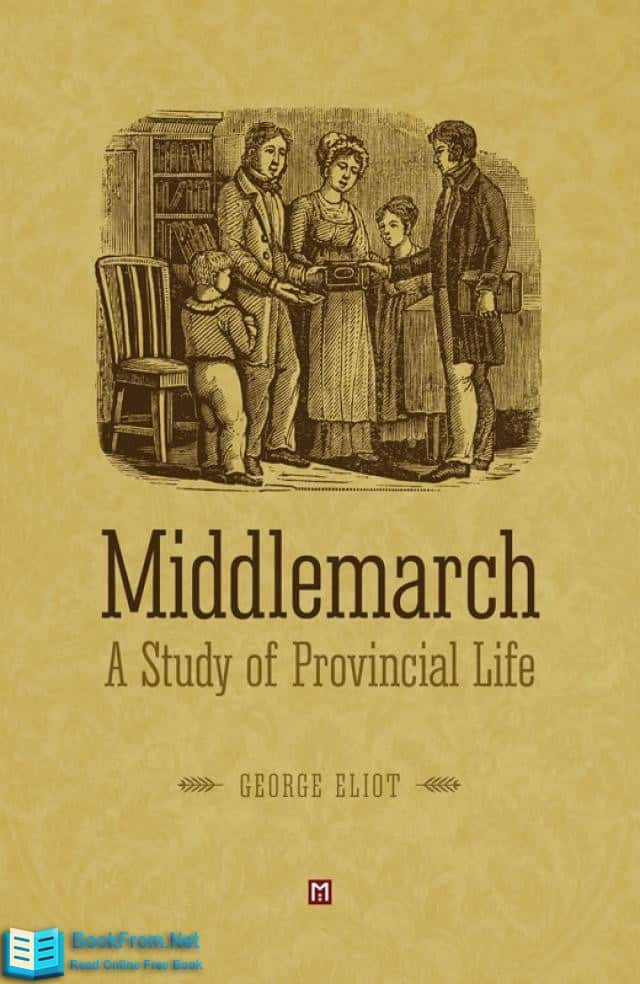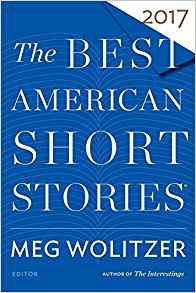Revision Craft: Word Frequency
I finished the first draft of a science fiction short story, seven thousand words. That’s my hot draft. My goal is capture the main action and dialog in scene order. I write from beginning to end without going back to fix or alter things as they occur to me. Those changes will be caught in subsequent revisions.
Hot Draft Shortcomings
Before I start revisions, I print the hot draft. There are certain ways I use words that benefit from further scrutiny. Here are four cases.
- Over-reliance on the word ‘and.’ Often text can be improved by replacing the equivalence of ‘and’ with logical relationship between the clauses.
- Too frequent use of ‘was‘ and ‘is‘ can indicate that I am explaining the story rather than using narrative links.
- Similar to 2. When ‘It‘ or ‘There‘ start a sentence, often the true subject is hidden too much.
- Finding all the words ending in ‘ly‘, offer many opportunities to replace a verb-adverb combination with a strong verb.
Word Frequency
With what frequency do these words occur in my hot draft? Are those frequencies normal or excessive?
To answer the first question, I wrote a python program to count word usage in my story. The second question is harder and more subjective. To get a feel for a good writer’s mix of words, I ran the program against the Project Gutenberg copy of Emma, by Jane Austen. Of course, this is just a first brush on usage frequencies, not the final word.

Looking at Figure 1, my overuse in the hot draft of adverbs (ending in ly) is striking, almost three times as frequent as in Emma. Her frequent use of ‘and’ surprised me, especially since a glance through my hot draft showed it often used when the logical relationship of the joined ideas was more important than ‘and’ indicated.
Such was my intellectual excursion as I rested after an extended creative effort.
Side Benefit
Python code cools my mind after writing a hot draft.
Web site with word frequency information







